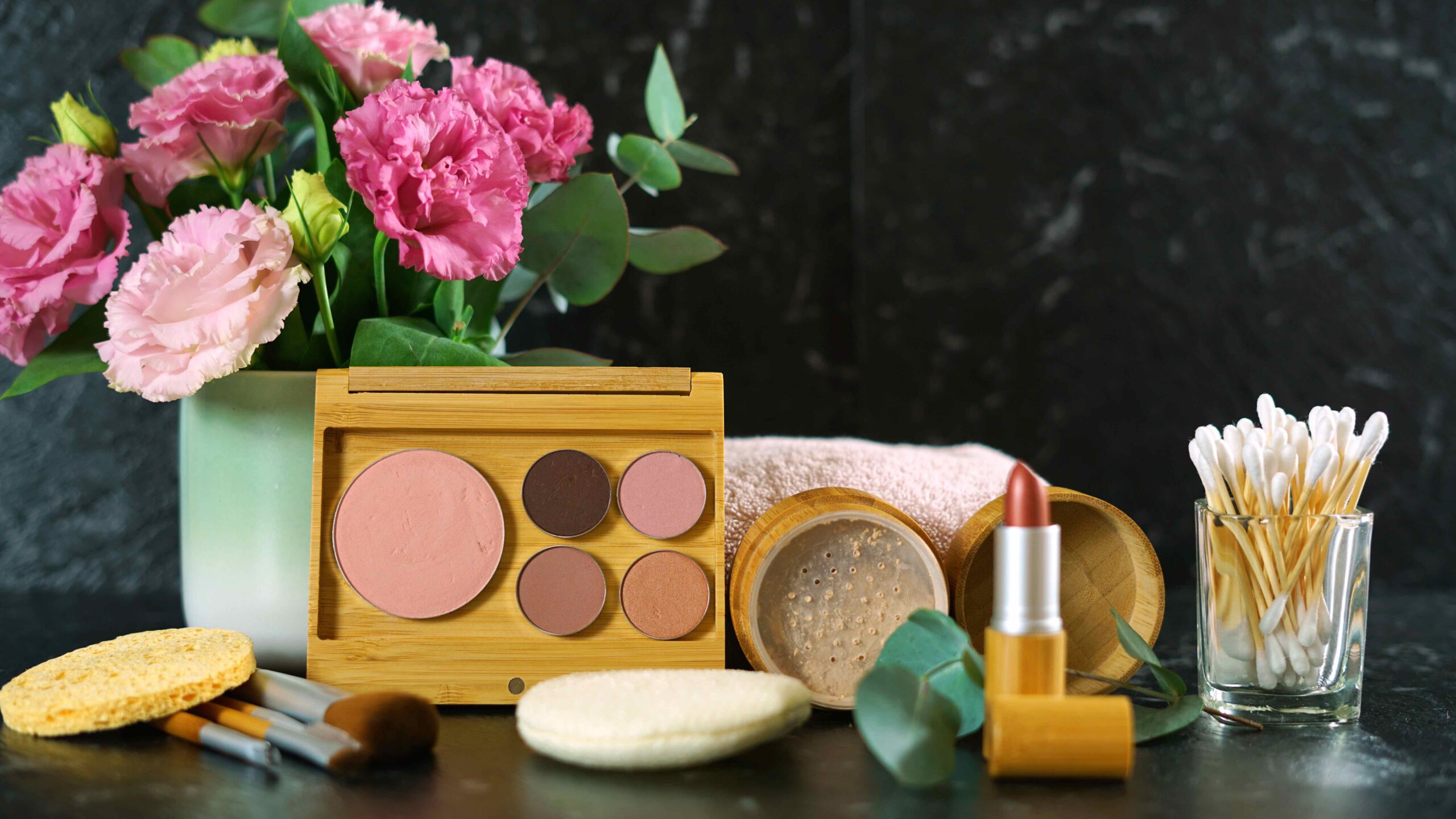On retail shelves and in e-commerce, clean beauty isn’t a distinguishing factor for brands any more. The same is becoming true for influencer marketing.
The effects of the maturation of and crowding in clean beauty are cascading across social media as influencers and consumers are compelling clean beauty brands to up their games. Clean beauty’s influencer marketing performance has picked up a bit from a down period running from July 2020 to June 2021, which saw consumer engagement with posts dipping 7% and the number of influencer posts declining 4%, according to data from influencer marketing platform Traackr. In the first eight months of this year compared to the same period last year, Traackr’s data on clean beauty uncovers consumer engagement rebounded 8% while the number of influencer posts continued to decline and fell by 8%.
“The clean beauty conversation is deepening, and audiences are expecting more from brands and influencers. If you are going to be talking about clean beauty, be specific about what it is. How do we know it’s clean? Is it lip service or is it real? Is it certified?” says Evy Lyons, CMO of Traackr, which tracks more than 41,000 influencers split between North America and Europe on major social media platforms such as TikTok, Instagram, YouTube, Twitch and Facebook. “You also see consumers caring more about topics that might not have originally been in the definition of clean. The notions of sustainability and environmentally clean products have become increasingly important to consumers.”
While influencer activity specific to clean beauty isn’t soaring, environmental topics are taking off on social media. From July 2020 to June 2021, consumer engagement with influencer posts featuring the terms “eco-friendly,” “plastic-free” and “greenwashing” spiked 42%, 115% and 129%, respectively, per Traackr data.
 From July 2020 to June 2021, consumer engagement with influencer posts featuring the terms “eco-friendly,” “plastic-free” and “greenwashing” spiked 42%, 115% and 129%, respectively, per data from influencer marketing platform Traackr. millefloreimages – stock.adobe.com
From July 2020 to June 2021, consumer engagement with influencer posts featuring the terms “eco-friendly,” “plastic-free” and “greenwashing” spiked 42%, 115% and 129%, respectively, per data from influencer marketing platform Traackr. millefloreimages – stock.adobe.com
The interest in sustainability content on social media is ascending as gen Z has been found in surveys to desire governments address climate change and consumer goods companies improve the environmental footprints of their products. A survey of consumers in the United States by analytics firm First Insight revealed the majority of gen Z consumers report they prefer to buy sustainable brands, and millennials and gen Z consumers are the most likely to make value-driven purchasing decisions. Gen Z consumers are most likely to be willing to pay a 10% premium for sustainable products.
“Consumers are demanding that companies change the way they do business, not just in beauty,” says Lyons. “There is a packaging revolution coming. It used to be nice to have sustainable, biodegradable or refillable, but it seems that there is an enthusiasm for brands to fix this. That ties into our overall preoccupation as a society with global warming. People care.”
As clean beauty evolves, Lyons recommends brands within the segment not focus solely on clean beauty and clean beauty influencers. “There are companies that are clean by definition, but don’t lead with that. For example, we work with Beekman 1802, and they are incredibly clean, but that is not what they have chosen to lead with,” she says. Rather than simply rely on clean beauty influencers, she suggests environmental, social justice, health, nutrition and lifestyle influencers could be fits for clean beauty brands. Last year, social justice and body positivity were key influencer subjects detected by Traackr.
“The clean beauty conversation is deepening, and audiences are expecting more from brands and influencers.”
“Just because you are beauty brand doesn’t mean you should only be focused on beauty influencers. There are a lot of influencers talking about topics that can cross over with clean beauty,” says Lyons. “It makes sense to go beyond clean definitely. The influencers that we see who are doing well in clean beauty are very holistic influencers. They speak about bigger themes: maybe its wellness, maybe it’s being beautiful inside and out. We see other influencers who have tied clean beauty to the larger topic of social justice.” She emphasizes, “To just have your brand tied to a trend that can very easily go away or become table stakes is dangerous. It doesn’t have a lot of staying power.”
Lyons has noticed that clean beauty influencer content is amplifying its creativity. It’s being interwoven with broader social media trends like ASMR (autonomous sensory meridian response) and comic content, and Lyons points out it’s getting honest and raw as consumers look for transparency from brands and influencers. “It’s about trust and realness,” she says. In 2020, engagement on posts about the skin conditions acne, eczema and rosacea climbed 194%, 148% and 190%.
So-called “genuinfluencers” are rising as consumers seek transparent influencer content. “A ‘genuinfluencer’ is somebody who is trying to promote knowledge and awareness of something before a product. They tend to be very passionate about whatever it is they are talking about, whether that’s vaccine awareness or skincare. They may be dermatologists who want you to understand how products work and how to evaluate a label,” explains Lyons. “There are a lot of people out there trying to raise our collective intelligence about a topic.”
Source link : https://www.beautyindependent.com/interest-sustainability-changing-clean-beauty-conversation-social-media-traackr












